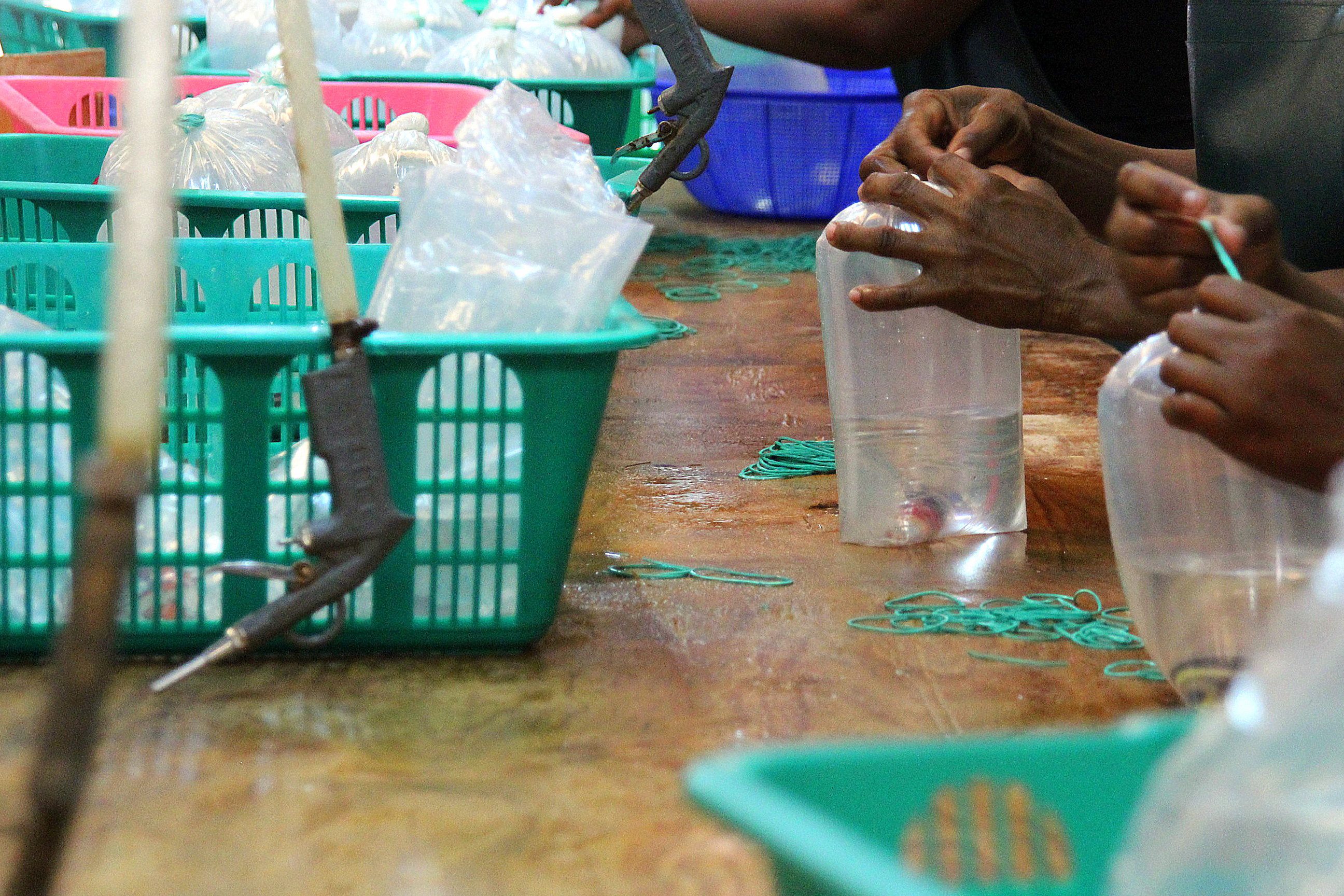

When a den is located, DEC staff monitor the area with trail cameras to better understand kit production and survival. Adult females are fitted with GPS collars to locate and monitor dens and reproduction. With the help of trappers, we have live-captured over 180 fisher since the project began in 2017. River Otter, photo by Amy Comerford Fisher Survival and Reproduction in the Northern ZoneĭEC staff, in partnership with researchers from SUNY ESF, are conducting a study to better understand fisher population dynamics and survival across the Northern Zone.

Help us keep track of otter populations by reporting any otter sightings on our Furbearer Sighting Survey. This information will help us better guide otter management into the future. We will be able to compare the results from this winter to the previous surveys, allowing us to get a better idea of otter population trend. These surveys found that otter were well-established across the entire state and could be found in almost all suitable habitat.ĭEC staff are repeating these winter sign surveys to get another snapshot of the otter population. During these surveys, biologists and technicians looked for otter tracks, latrines, and other signs of otter presence on the landscape. To evaluate the success of this effort and to gain a better understanding of otter distribution and abundance throughout New York, in 20 DEC staff conducted over 2,000 winter sign surveys across the state. With the help of dedicated trappers, 279 otter were reintroduced to 16 different sites in the central and western parts of the state. That all changed between 1995-2001, when DEC worked in collaboration with trappers and other private stakeholders to restore river otter to this area. Prior to the 1990s, river otter were absent from most of central and western New York. River Otter Reintroduction & Occurrence in New York Many of these projects would be impossible with the efforts of trappers. See below for recent and ongoing research projects that DEC is conducting on furbearing species in New York. You are permitted to take this course prior to your 12th birthday.

If you wish to trap on your own once you're 12 years old, you will need to successfully complete New York's Trapper Education Program.You may assist the licensed trapper in all aspects of trapping (except the discharging of a firearm) without possessing a trapping license.The licensed trapper may be a parent or legal guardian, or someone 18 years or older and designated in writing on the Mentored Youth Hunter and Trapper Permission Form (PDF).Under the Trapper Mentoring Program you may accompany and assist a licensed trapper who has at least 3 years of trapping experience.
#FISH TAPING UPDATE#
It is published by the Northeast Section of The Wildlife Society.Ĭheck-out the most recent New York Furbearer Update (PDF, 7.6MB) for the latest news regarding the furbearer management program in New York! Trapper Mentoring Program If you are under 12 years old:
#FISH TAPING PROFESSIONAL#
It is a compilation of the knowledge, insights, and experiences of professional wildlife biologists who are responsible for the conservation of wildlife resources throughout the United States and Canada. Assists with the scientific monitoring of furbearer populations through harvest reporting and submitting biological samplesĪmerican Mink, photo by Karen La Temple Feyįor more information on trapping, please read Trapping and Furbearer Management in North American Wildlife Conservation (PDF).Protection of rare and endangered species, such as federally-endangered piping plovers.Protecting public health and safety (e.g., flooding, diseases).A sustainable source of food, fur and income to trappers and people involved in the industry.Reducing property damage from nuisance wildlife.Trapping provides many important benefits to New Yorkers, including: In addition, trappers continue to partner with DEC biologists to provide valuable information on elusive furbearers that would otherwise be impossible to get. DEC closely regulates trapping seasons to ensure the continued security of New York's furbearer populations. The 14 species of furbearing animals in New York are abundant and their populations are secure. Many of New York's cities and towns, including the state capital of Albany, began as outposts focused on the trade of beaver pelts.Īround 10,000 New Yorkers continue this trapping tradition today. When Europeans arrived in New York, the North American fur trade with Europe took off. New York has a long trapping history, dating back centuries when Native New Yorkers used traditional trapping methods to trap beaver, otter, bear and other species for food and fur.


 0 kommentar(er)
0 kommentar(er)
